Spending years at sea on board the Rainbow Warrior and other Greenpeace vessels, MEP Grace O’Sullivan was never afraid of discomfort. After a decade of fuel poverty as a single mother of three however, a hard-won retrofit following her move into politics, has brought her family in from the cold.
“When I moved into this house, I was moving between lone parents and carer’s benefit. I just couldn’t afford to have the heating on,” says the Ireland South representative, and member of the Green Party, of her Tramore, Co Waterford home. “I was heating the house minimally just to get us through.”
She had rented the three-bed semi from 2005 and when the council bought it, she rented it from them. From the months of October to May, the family’s sole source of heat was an open coal and wood fire with a backburner. Even though the house had radiators, she never used oil. She couldn’t afford to.
“Our memory of this house is always of a very cold house,” says the former Irish surfing champion of life there with her three daughters. Her oldest, Emer, has an intellectual and physical disability.
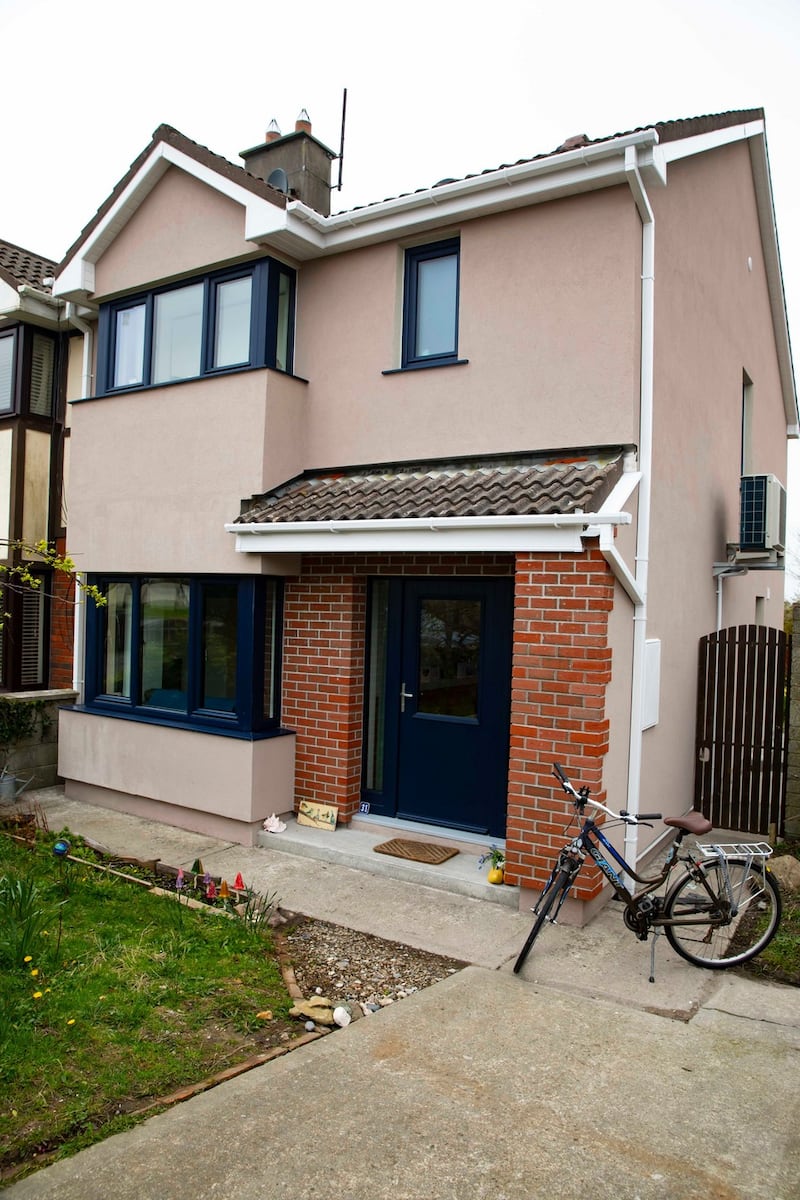
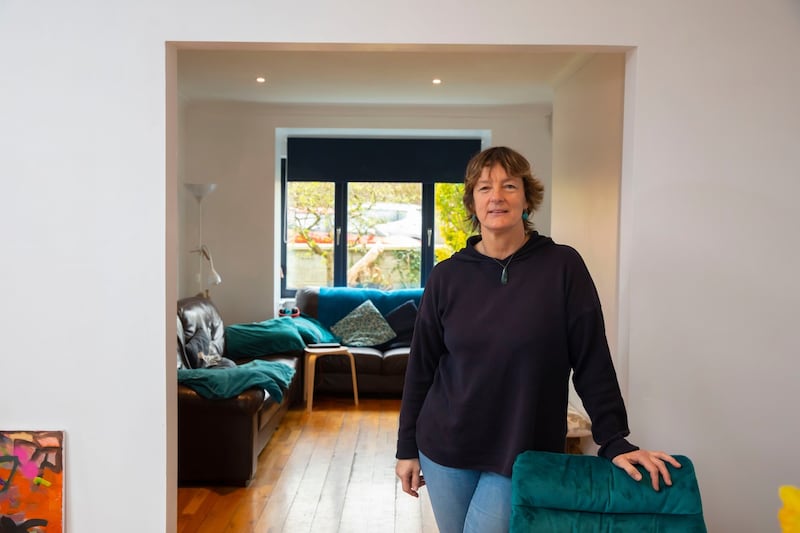
“Lighting the fire was one of the big duties of the day. In winter, I’d have to keep it tipping away slowly during the day just to keep some bit of warmth,” she recalls. “I’m being very frank, I would have been a very good beachcomber in order to pick up kindling to bring into the house to off-set the cost of buying small bags of wood for the fire.”
Apart from being poorly insulated with single-glazed windows and cold tiled floors, the aspect of the house didn’t help. A north-facing breeze-block gable made for cold internal walls with little natural light in the main living areas. Her mother gifted the family electric blankets which helped. “At night time, my bedroom was absolutely freezing,” O’Sullivan recalls. “In the winter, I would wear a hat in bed to keep my head warm.”
Energy poverty, that is not being able to heat your home adequately, is on the increase. Rising fuel costs are disproportionately affecting lower income households, who spend a larger share of their total income on heat and energy, says the ESRI. Poor insulation and inefficient heating systems contribute to such poverty too. About 78 per cent of Irish homes have a BER energy rating of C2 or worse. Since 2011 standards have improved – Ireland has consistently ranked in the first three in the world for energy efficiency for homes built since then. The problem is the two million homes built when standards were lower, like that of O’Sullivan and her family.
“It isn’t acceptable for anyone, but I suppose like many people, I just put up with it. Unfortunately it was the house I was in,” she says.
Before you were going from a freezing bedroom down to the sitting room and sitting close to the fire to warm up. That has completely changed
On securing a Seanad seat for the Green Party in 2016, O’Sullivan bought her house from the council. Becoming an MEP in 2019 meant frequent trips to Europe and daughter Maura took over caring for Emer. The onerous task of keeping the house warm proved a tipping point.
“I had it down to a fine art – if I had the fire well-stoked with plenty of wood and coal, I could go out for about three or four hours, but if I wasn’t back to feed the fire, it would go out and start getting cold again. I felt this was too much to expect my daughter to do.”
As an ecologist and an environmental education specialist, using fossil fuel and living in an energy inefficient house had always weighed heavily on O’Sullivan. “Everyone should be entitled to a decent warm home. I now found myself in a privileged position, (‘with a fine salary’) and I thought, “I need to put my money where my mouth is and do a retrofit.”
Keen to get more light into the house too, she hired an architect to do some drawings. The cost of the works, featuring Velux windows and an attic conversion however was prohibitive. She decided to refocus on getting the retrofit right with a more minor renovation.
Going it alone, planning and paying for building works wasn’t easy, says O’Sullivan. “I’ve supported both of my daughters through college to get their degrees and one has gone back to college, so as a single parent, you have the disadvantage of not having a second income and not having someone there to discuss these kinds of projects,” she says.


Nevertheless with a credit union loan and the guidance of Conor Walsh of local retrofitting company Encon, work commenced last October. Plans to live in the house during the initial renovation were scuppered.
“I was in Brussels and my daughter rang and said, ‘Mum, we can’t stay here. It’s absolutely impossible. We hadn’t realised the absolute dust.” The family moved to rented accommodation, returning when the renovation work was done. They moved out again however during the retrofit as the noise and disruption was overwhelming for Emer. The family was back in their home for Christmas. The transformation has been extraordinary, says O’Sullivan.
“It’s now a warm house,” says O’Sullivan. Installing smart navy triple-glazed windows and doors, pumping the walls with bead insulation, affixing external wall insulation, deeply insulating the attic and the installation of a heat pump and air exchange system have increased the house’s energy rating from D2 to A3.
“Before you were going from a freezing bedroom down to the sitting room and sitting close to the fire to warm up. That has completely changed,” says O’Sullivan. She says Emer has been a ‘special gauge’ for the comfort of the house. “Whether she wants to sit upstairs or downstairs, it’s an even temperature. It’s giving Emer great comfort, she really senses the warmth and appreciates it,” says O’Sullivan.
The big thing in houses like O’Sullivan’s is air infiltration, says Walsh of Encon. Single glazed windows and doors fitted using older construction practices were “like a hoover” – cold air was seeping in while warm air was sucked out.
The house’s minimal attic insulation was replaced with 400mm of quilt insulation made from recycled plastic bottles. Replacing the windows and pumping the walls will make many 1980s and 90s homes much warmer, says Walsh. Keen to get to an A-rating, O’Sullivan opted for external wall insulation too.
Anyone who comes into the house now says it has completely changed
“The structure of the house can then become an element, when the walls heat up, this heat can be retained,” says Walsh. O’Sullivan is considering installing 2KW photovoltaic panels on the roof, which would bring the house rating up to A1.
Internal renovation works were about maximum light at minimum cost. A wall between the kitchen and dining room was removed and the wall between the hallway and the sitting room was partially opened up. Light through the new front door, which has glass panels on either side, now floods the space. A gable end window made larger lights up the stairwell. Mock tudor wood panelling on the front of the house was removed too and the external insulation, with its acrylic render, gives a sleek facade. Painting all the rooms white has given a feeling of freshness.

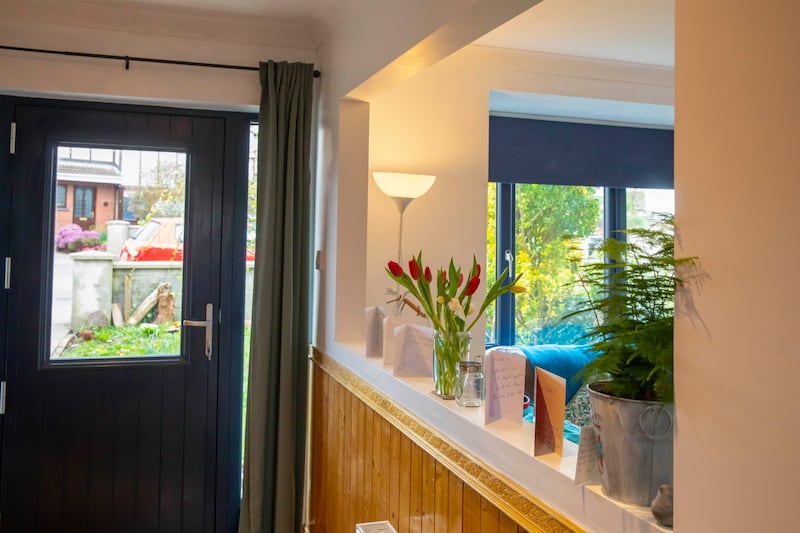
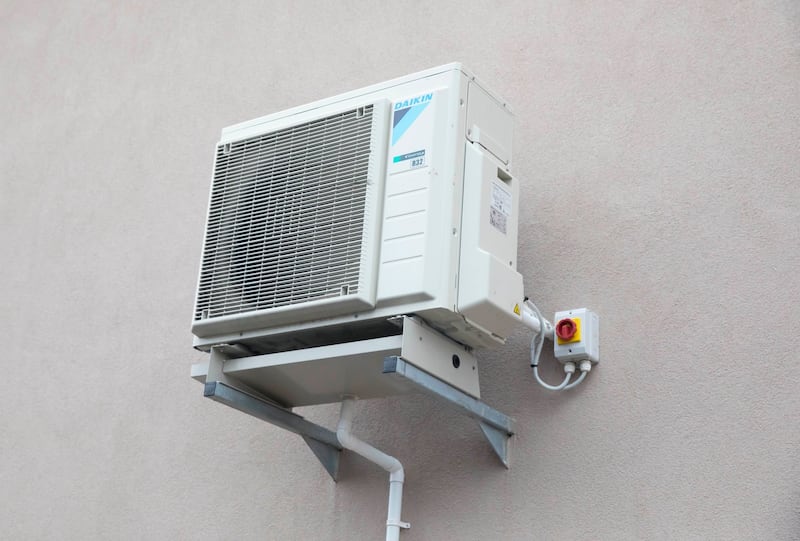
“Anyone who comes into the house now says it has completely changed,” says O’Sullivan.
An unanticipated bonus is peace. Despite being located near a busy roundabout, having airtight windows and blocking up the chimney means road noise is no more. “Whatever decibel the birds use in the morning, I can hear them, but I can’t hear the traffic,” says O’Sullivan. The transformation has brought greater peace of mind too. “I usen’t invite people in because it was just cold,” she says. “And now we are not going over to visit friends to have dinner, and saying we have to go home to make sure the fire is still lighting.”
The total cost of the retrofit works was €75,600 including VAT. O’Sullivan’s house was retrofitted as part of an advertised pilot, which has since become the new National Home Energy Upgrade Scheme. This grant scheme meant a rebate of €26,500 towards the cost of some of the improvements, such as attic insulation, wall insulation, and an air to water heat pump. Encon did all the paperwork for the grant application. O’Sullivan recommends this “one-stop-shop” approach for busy homeowners.
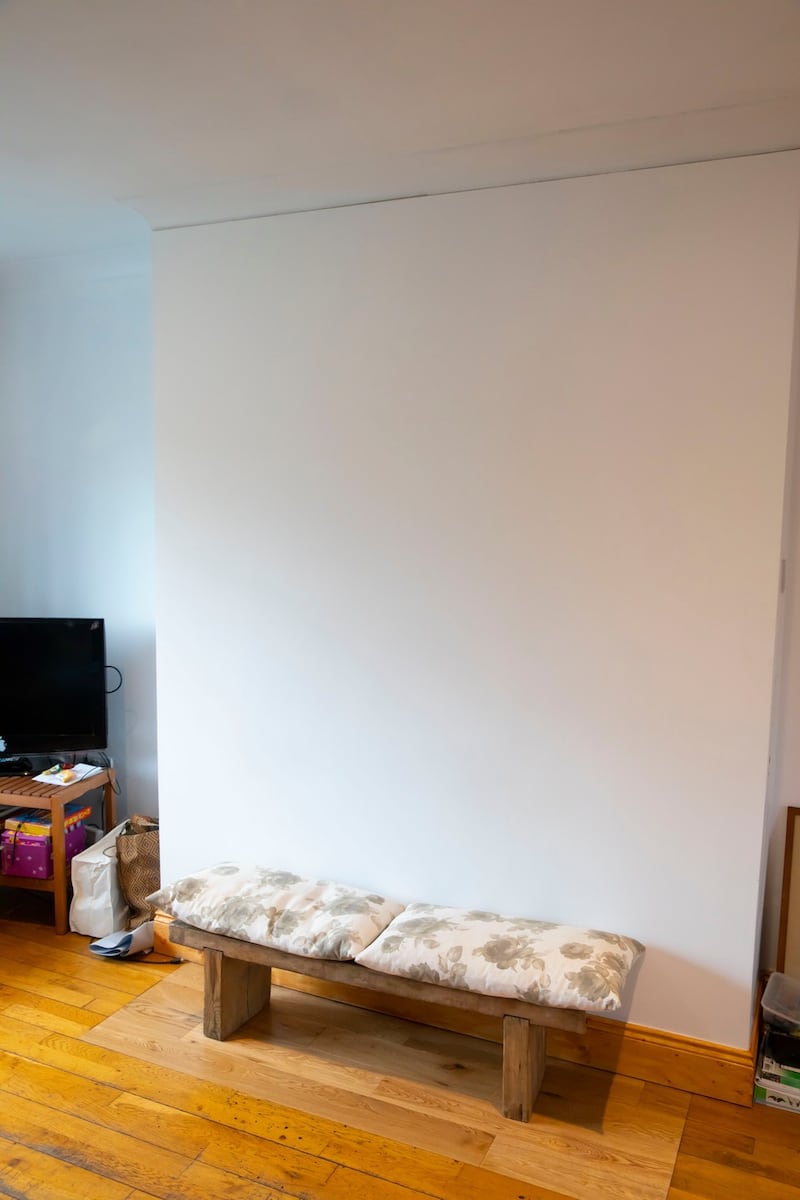
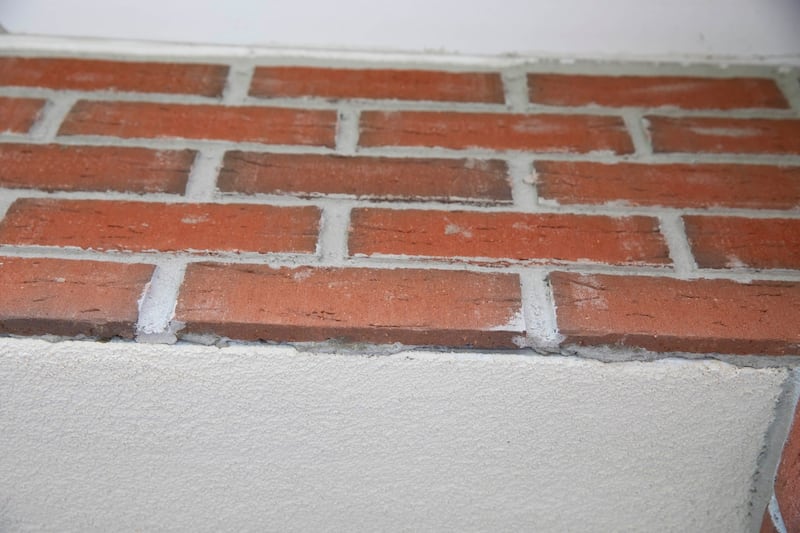
The project has fired her urgency to campaign for greater energy security – that is, having uninterrupted availability of energy sources at an affordable price. “The energy I am using in the house is from an electrical system. This helps me to focus on influencing the Irish government to move faster towards renewable energy systems. It gives me a sense of empowerment because I have gone through this process.”
The Government’s Warmer Homes Scheme, which provides 100 per cent funding for energy works to households experiencing fuel poverty has a backlog of 7,070 applications, according to figures released last month [February]. Just 180 projects are being completed a month. The backlog means applicants can expect to wait 26 months. The Government has pledged to speed things up with 4,800 free upgrades expected this year.
Many of the works undertaken under the scheme however are not the more extensive “deep” retrofit required to bring the homes up to B2 standard. The Department of Housing is to spend €85 million to bring 2,400 local authority homes up to B2 standard.
The Government estimates that a deep retrofit will cost €66,000 at most – that’s for bringing a home up to a B2 rating and installing a heat pump. Business is brisk, says Walsh. Recent jobs include a 1990s three-bed semi: “I’m going to get it to a B1 and it’s going to cost €46,000, and I can get the client a €22,000 grant,” he says. For another client, pumping the walls and insulating the attic will cost €3,800 with a €3,200 grant rebate, he says.
“Generally, a retrofit will take about two to three weeks if the works are inside the house and about six weeks if they are doing external insulation as well. People don’t as a rule have to move out.”










